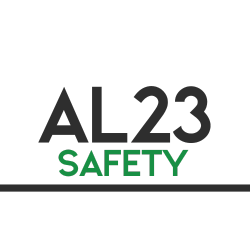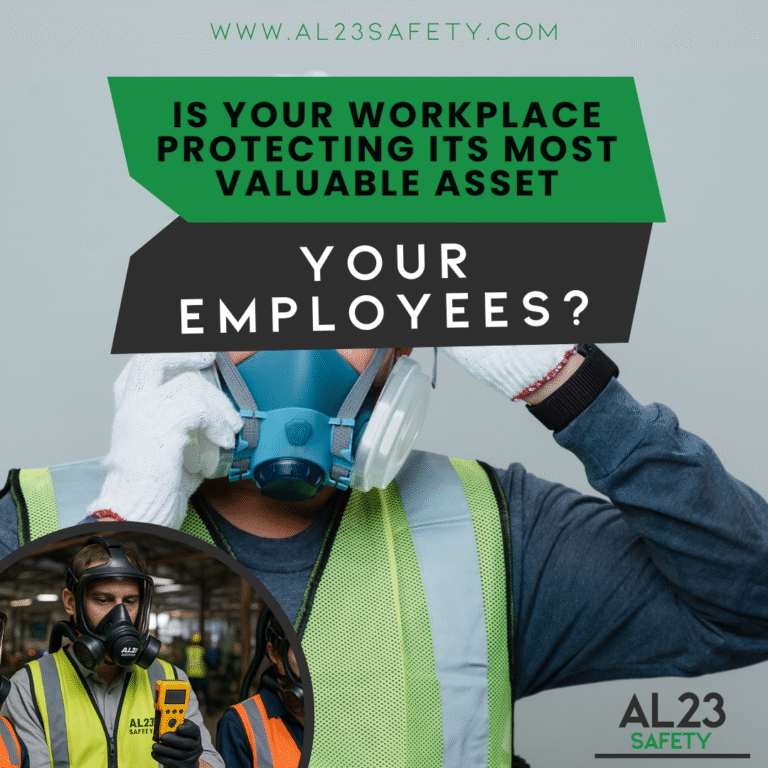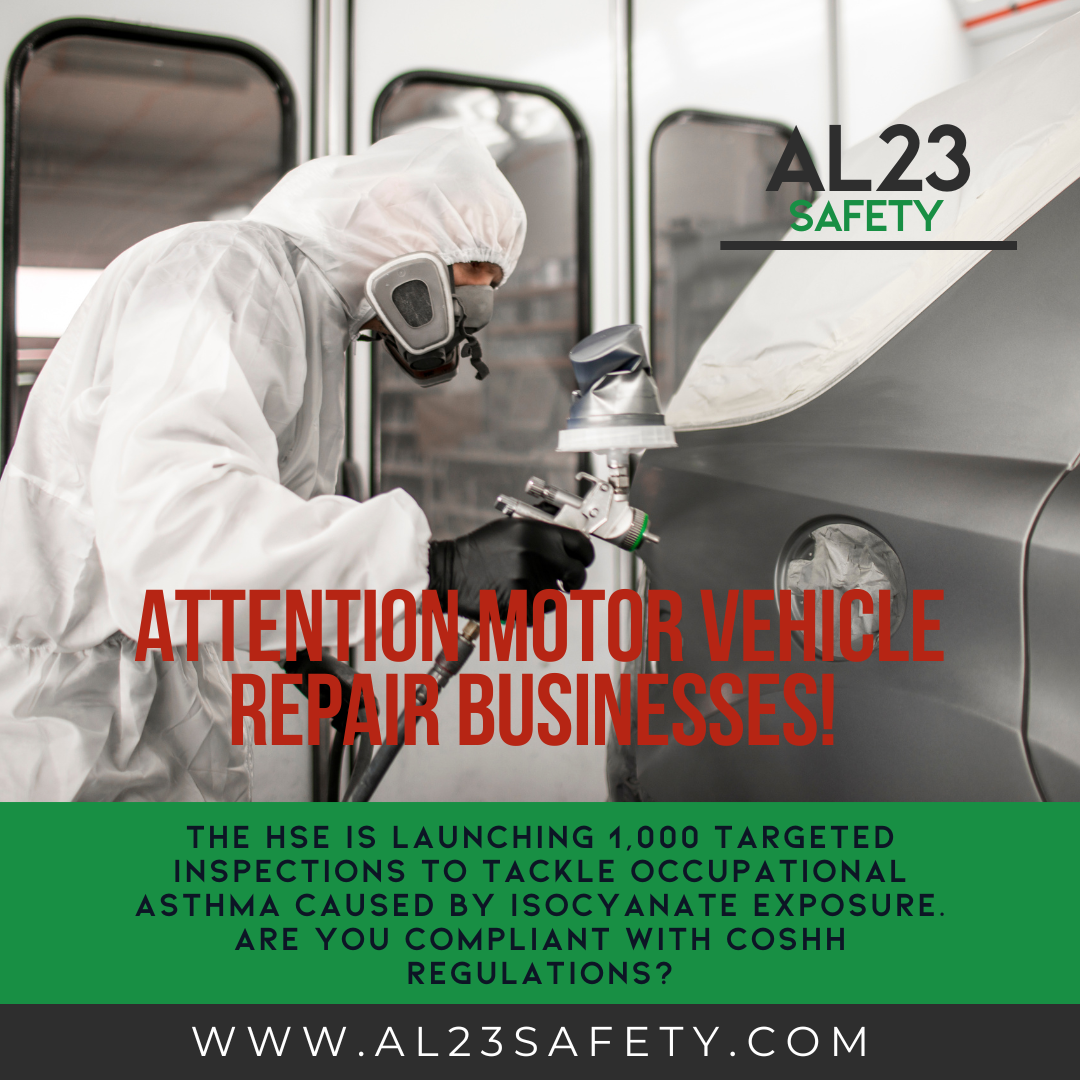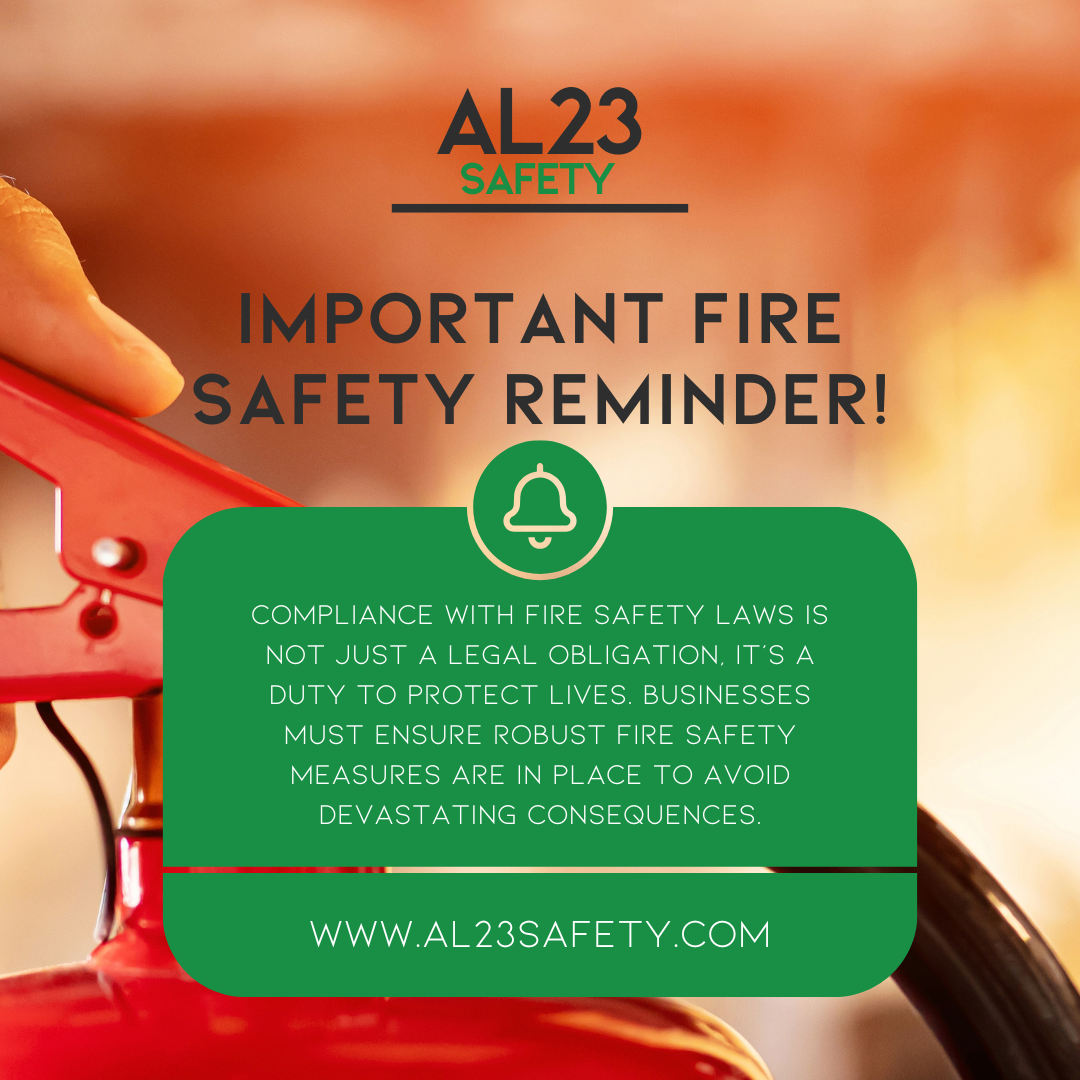Air-purifying respirators are essential safeguards in many UK workplaces where invisible threats linger in the air. From chemical fumes in manufacturing plants to dust clouds on construction sites, these devices filter out harmful contaminants, allowing employees to breathe safely. But how do you know when your team truly needs air purifying respirators? This comprehensive guide, tailored for UK employers, walks you through the assessment process, regulatory requirements, and practical steps to implement a robust respiratory protection program. By prioritising air purifying respirators, you not only meet legal obligations but also demonstrate a genuine commitment to employee wellbeing.
Why Air-Purifying Respirators Matter in Modern Workplaces
Air purifying respirators (APRs) work by removing contaminants like particulates, vapours, gases, or biological agents from the air before they reach the lungs. Unlike supplied-air systems, air purifying respirators rely on filters or cartridges that employees wear directly. They are cost-effective and versatile, making them ideal for industries such as construction, healthcare, pharmaceuticals, and chemical processing. However, deploying air purifying respirators without proper justification can lead to unnecessary costs or, worse, inadequate protection. That’s why a thorough APRs assessment is the foundation of any effective safety strategy.
In the UK, workplace airborne hazards claim thousands of health-related absences annually, according to HSE statistics. Common culprits include silica dust, asbestos fibres, solvent vapours, and even viral particles in healthcare settings. Ignoring these risks exposes your business to fines, lawsuits, and reputational damage. Air purifying respirators step in when engineering controls like ventilation systems, fall short or prove impractical.
Conducting a Thorough APRs Assessment: Step-by-Step
The cornerstone of determining the need for air purifying respirators is a detailed APRs assessment. Start by mapping out your workplace processes to identify potential sources of airborne contaminants. For instance, in a paint shop, volatile organic compounds (VOCs) from sprays demand immediate attention.
Next, measure exposure levels using air monitoring equipment. The HSE recommends comparing results against Workplace Exposure Limits (WELs) outlined in EH40 guidance. If levels exceed these thresholds even intermittently, air-purifying respirators become mandatory. Don’t overlook qualitative factors: employee reports of headaches, irritation, or respiratory discomfort can signal hidden issues.
Evaluate existing controls under the hierarchy of risk management. Elimination or substitution should always come first. If hazards persist, administrative measures like rotation schedules help, but personal protective equipment (PPE) such as respirators often provides the final layer. Document everything in a risk assessment report to ensure COSHH compliance.
Key Hazards Triggering the Need for Air Purifying Respirators
Workplace airborne hazards vary by sector, but here are seven critical scenarios where respirators are urgently required:
- High Particulate Environments: Construction sites generating silica or wood dust exceed safe limits without air purifying respirators.
- Chemical Vapours: Laboratories or factories handling acids and solvents release fumes that irritate lungs.
- Biological Agents: Healthcare workers facing infectious aerosols need specialised filtering facepieces.
- Welding Fumes: Metal oxides from welding processes are carcinogenic without proper filtration.
- Asbestos Removal: Legacy buildings during refurbishment release fibres that demand half-mask or powered air purifying respirators.
- Painting and Coating: Isocyanates in sprays cause asthma; respirators with organic vapour cartridges are vital.
- Confined Spaces: Poor ventilation amplifies gas buildup, making air purifying respirators a lifeline.
Each of these demands tailored respirators, selected based on the contaminant’s nature and concentration.
Building a Robust Respiratory Protection Program
Once your APRs assessment confirms the need, develop a comprehensive respiratory program. This isn’t a one-off task, it’s an ongoing commitment to COSHH compliance.
Begin with respirator selection. Choose from non-powered options like disposable FFP3 masks for particulates or reusable half-face models with changeable filters for gases. Powered air purifying respirators (PAPRs) offer enhanced comfort for prolonged use, featuring battery-powered blowers that deliver purified air through a hood or helmet.
Training is non-negotiable. Employees must understand donning and doffing procedures, seal checks, and maintenance routines. Conduct fit testing annually or after significant weight changes to prevent leaks, quantitative methods using machines provide the gold standard, while qualitative rely on taste or smell detection.
Incorporate medical evaluations to ensure workers are physically capable of wearing air purifying respirators without health risks, such as claustrophobia or cardiovascular strain. Regular program audits, including air quality re-monitoring, keep your respiratory protection program effective and aligned with evolving workplace airborne hazards.
Achieving Full COSHH Compliance with Air-Purifying Respirators
COSHH compliance forms the backbone of UK respiratory safety. Under Regulation 7, employers must prevent or control exposure to hazardous substances. When prevention isn’t feasible, adequate control measures including air purifying respirators must be provided, maintained, and used correctly.
The Personal Protective Equipment at Work Regulations 2022 reinforce this by mandating suitability, compatibility, and user instruction. Failure to comply can result in improvement notices or prosecution, with fines reaching six figures in severe cases. Integrate air purifying respirators into your broader health and safety policy, complete with emergency procedures for filter breakthroughs or oxygen-deficient atmospheres.
Employee involvement boosts success. Form safety committees to gather feedback on air purifying respirators’ comfort and usability. This not only refines your respiratory protection program but also fosters a safety culture where workers actively participate.
Long-Term Benefits of Prioritising Air Purifying Respirators
Investing in air purifying respirators yields dividends beyond compliance. Reduced absenteeism from respiratory illnesses lowers costs, while enhanced morale improves productivity. In high-risk sectors, robust assessment and implementation can differentiate your business in talent attraction.
Monitor emerging threats, such as nanotechnology particles or novel pathogens, and update your respiratory program accordingly. Partner with certified suppliers for genuine equipment and stay abreast of British Standards like BS EN 149 for filtering facepieces.
In conclusion, air purifying respirators are not optional extras, they’re critical when workplace airborne hazards threaten health. Through diligent APRs assessment, tailored selection, and a dynamic respiratory program, you achieve COSHH compliance and protect your most valuable asset: your people. Don’t wait for an incident; act now to assess your needs and equip your team with the right air purifying respirators.
At AL23 Safety, we specialise in bespoke safety solutions, including expert APRs assessments and training. Contact us today to safeguard your workplace and ensure every breath your employees take is a safe one.



